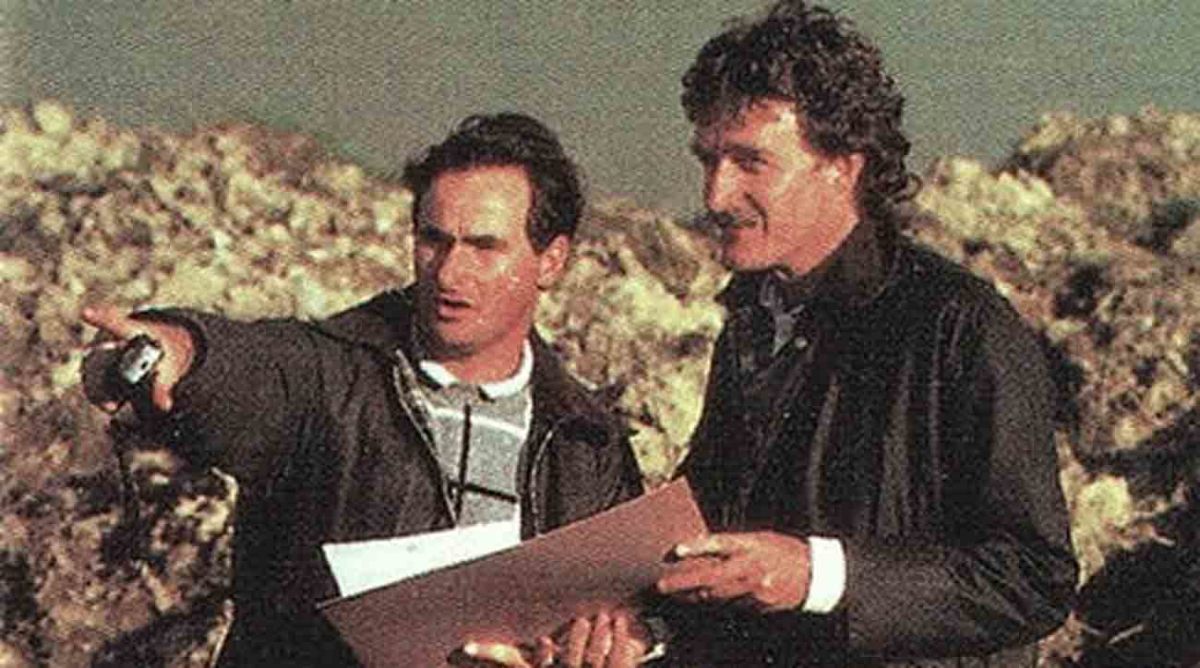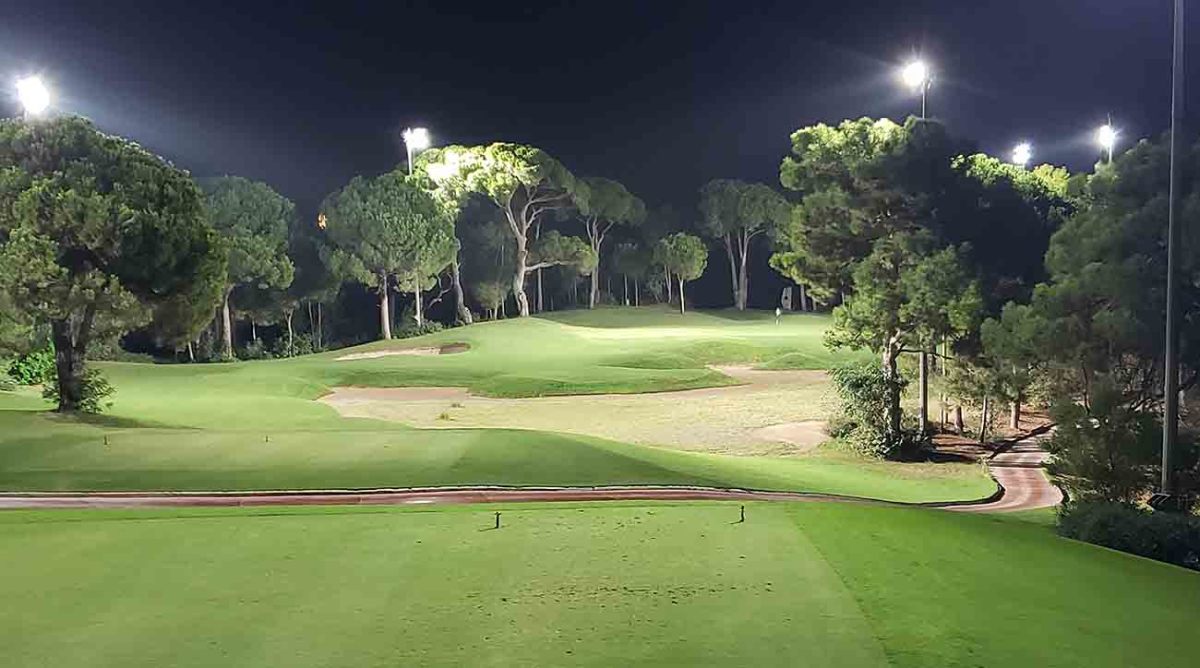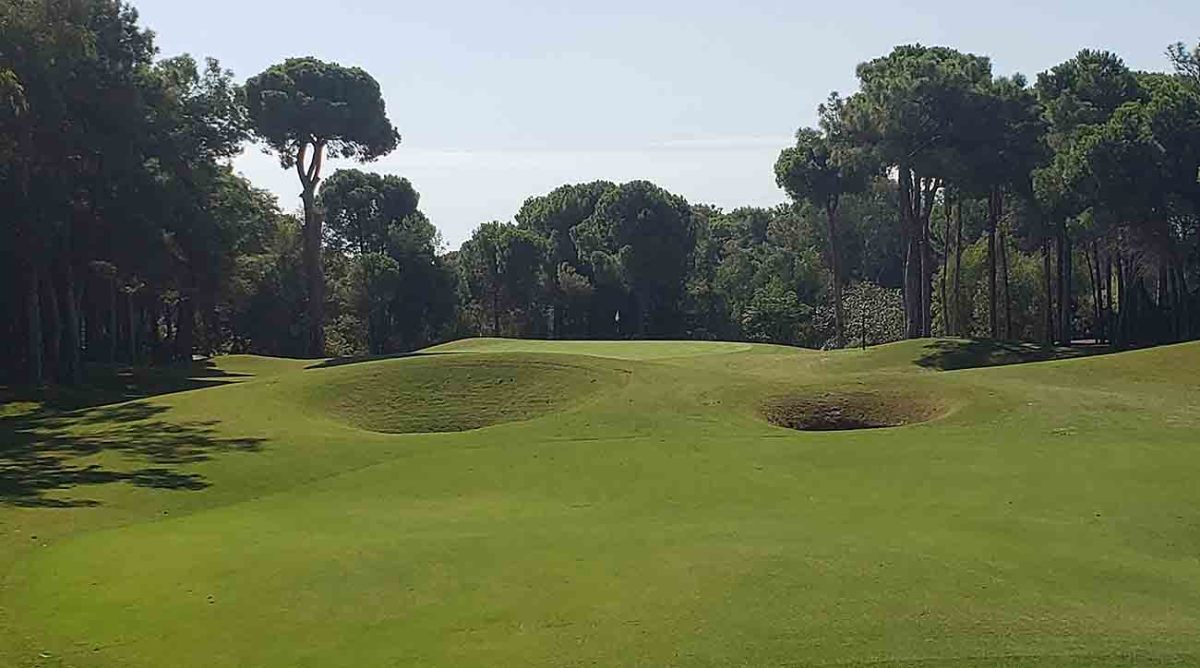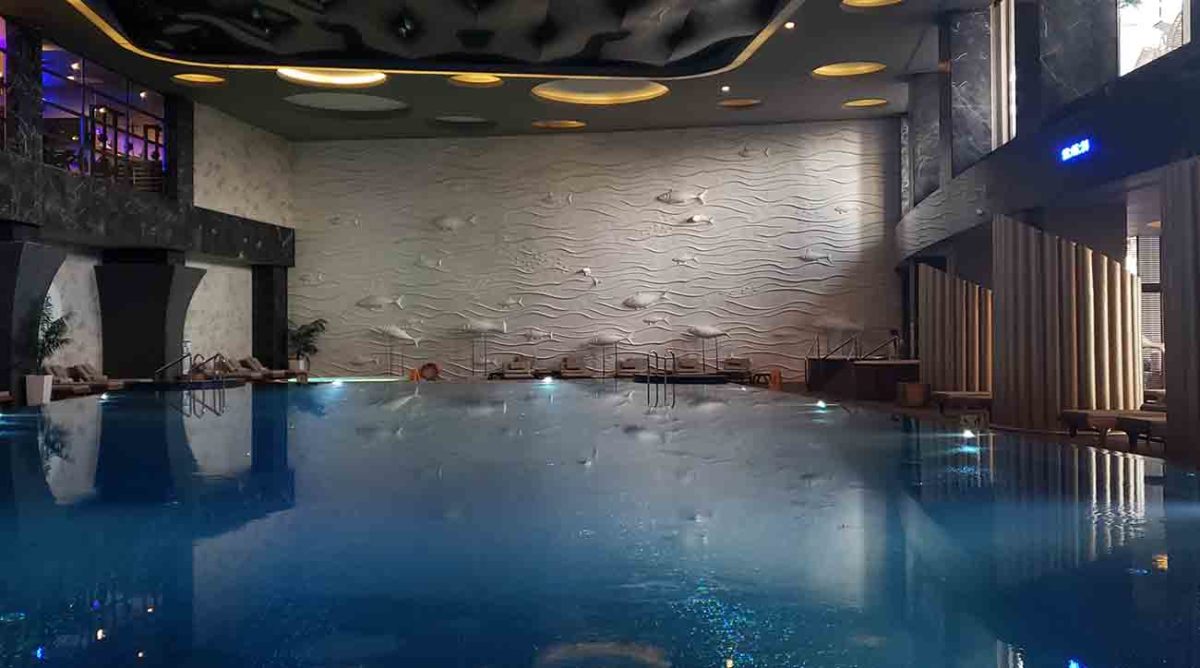Golf, Olives and the Famed Baths: Checking All the Boxes on a Getaway to Turkey

It’s not a stretch to say that the hotbed of golf in Turkey, on the southern Mediterranean coast, ignited with a couple of Irishmen, both named David—Jones and Feherty. Yes, that Feherty. After a middling career on the European Tour (no wins until he hit the senior circuit), Jones transitioned to course design.
He and Feherty were, and remain, great friends, ever since 1975 when Jones became the club pro of Northern Ireland’s Bangor Golf Club. Feherty was the helpful "lad" about the club, 15 years old and golf-obsessed.
Jones helped him with his game, took him on as caddie in pro events and helped secure his first job as an assistant pro in England, “Much against the wishes of his father, who wanted him to have an academic career,” Jones said. “The rest you know: he became a superb player, and we toured together for a while. My Tour career ended in 1991, the year he made the Ryder Cup team.”
Sharing an interest in golf design, they set up the “Handmade” company with Feherty as the poster boy and Jones behind the scenes doing most of the work. Jones said, “Bizarrely, our first commission was for the National Golf Club in Turkey in 1992. We completed that together before he moved to the States for good. I carried on alone and Turkey became a good career destination for me, where I’ve now designed six courses.”

Indeed, Jones in Turkey is like the grand old man of golf design, though he’s only 75. He’s still at work there, where the game was virtually unknown bare decades ago. Now, thanks to a deliberate plan, it has become a magnet for traveling European golfers and, increasingly, Americans willing to look further afield from their usual golfing jaunts.
Turkey is about 16% larger, but less populated, than Texas. It’s made up of 81 provinces, one of them being Antalya. Belek is in Antalya, and it’s home to a plethora of luxury all-inclusive hotels in about a seven-mile stretch along the Mediterranean. Bulent Goktuna, president of the National Golf Club, persuaded the government that more golf could only enhance the tourist appeal of the area, and he couldn’t have been more right.
[Antalya is far from Antakya and other earthquake-devastated regions of the country. Antalya was unaffected, though a number of the hotels served to house some of the victims left homeless by the damage. Any tourist dollars now flowing into the country can only be even more welcome.]
I made a quick visit to Antalya last fall and managed to squeeze in four rounds. The experience was, in brief, stunning, especially considering that there are still only 20 courses in all of Turkey (Texas has more than 800). Most are in Antalya, all connected to the luxury hotels and all catering to visitors; few natives play the game.
Jones said, “When we made our first trip here we couldn’t even find the site. We drove around Belek in an old beat up Lada asking people where the ‘golf’ site was. Nobody knew, as golf was totally unheard of then. And there were no paved roads, no hotels, no signs.”
Jones and Feherty, utilizing what pidgin Turkish they had and many a wild gesticulation, had a devil of time trying to educate local workers into shaping mounds. Jones said, “One day while struggling to convey the idea for a nice little bunker Feherty finally pulled off his shirt, grabbed a shovel and demonstrated for the next four lathered-in-sweat hours, digging his first and last bunker on National’s 13th hole. With all the aches and pains that brought on when he was back on Tour the next week he easily missed the cut.
“What a change it all is from today!”
Indeed. From zero rounds a year, golfers now go around the Belek tracks about 600,000 times a year. The sun shines 300 days a year and the courses are always open. October to April or May are the peak months. July and August tend to be scorching, so play starts picking up again in September. In April and May the energetic could ski in the Taurus Mountains in the morning and head down the valley toward the sea to tee it up in the afternoon.

As might be expected given the majority of its visitors, the Turkish Mediterranean has a very European vibe, dubbed the Turquoise Riviera. So perhaps an entity like Golf Digest might be forgiven for slotting all of the area’s courses as being in Europe, when they’re all actually in Asia. (Istanbul is the world’s only city straddling two continents, Europe and Asia.)
If none of the courses have yet found their way onto world top 100 lists, few golfers will be disappointed by the offerings. If David Jones is the regional king, familiar names like Faldo and Montgomerie have designs here, as well as European Golf Design (EGD), Dave Thomas and Thomson-Perrett.
I played at the National (Jones), the PGA Sultan Course at the Antalya Golf Club (Jones again, with EGD), the Cornelia Golf Club (Faldo), and the Montgomerie Maxx Royal Course (Monty with EGD). All were thoroughly modern routes in superb condition and plenty to handle for my more-skilled playing partners.

Golf is a great way to learn international expletives; as a single I was paired with an evolving cast of players from the U.K, the Czech Republic, Switzerland—and Turkiye, when I played a lighted night round with Cahit Şahin, the GM at the Montgomerie Course.
I had an enticing look at the former Titanic Golf Club, now the Cullinan Links Golf Club, a redesigned 36-hole links-style spread with two EGD tracks, the Olympos and Aspendos courses. I somewhat reluctantly took a pass on playing here in favor of a Turkish bath and massage.

Turns out I wasn’t sorry since that was an exquisite experience—not unlike being put pleasurably through a car wash—and pointed out that there’s plenty to do here besides golf. I’d rank a Turkish bath as No. 1 on the list, but a visit to Antalya’s Old Town would be a close second. It’s where Europe really seems to meet the Middle East, with an appealing blend of mosques, architectural sites (like Hadrian’s Gate, dating from 130 A.D.), outdoor markets and vendors, with upscale dining and boutique hotels.
The Turkish people were friendly and generous, and the food a joy, often served in dizzying amounts, especially in the golf hotel buffets. The cavernous buffet at the Maxx Royal (or at the nearby Regnum Carya) was frankly a little hard to believe in the sheer breadth of the offerings. The olive selection alone was staggering—I counted more than 20 bowls mounded with mashed olives, grilled olives, olives stuffed with jalapenos, carrots, blueberries.

A seven-night, four-round package at the kid-friendly Maxx Royal Belek Golf Resort, where I stayed, goes for about 2,187 Euros ($2,388). If that sounds pricey, the price includes airport and golf transfers while taking luxury all-inclusive to new heights, including all meals and drinks (with the exception of some of the very top shelf boozes).
Not so surprisingly, Turkey is usually ranked the sixth most-visited country in the world, behind such obvious draws as France, Spain, the U.S., China and Italy, with upwards of 50 million tourists arriving each year, most of them heading toward the Mediterranean. The good news is there’s room for more, and tee times are available.
